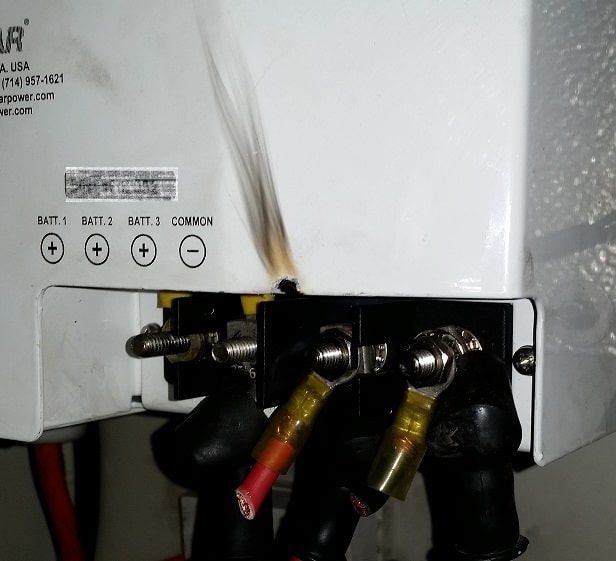Technology moves at such a high pace these days, that interactions between systems is ever more difficult to predict and the resulting effects on performance or worse the potential for failure is harder to identify. It is undeniable that business need to stay at the leading edge with innovation and need to adapt to the changing needs of our society, and that the resulting new systems put in place are individually a cost saving and performance increasing evolution. But if not implemented correctly and ensuring that they interact correctly with adjacent systems all the gains achieved are quickly eliminated due to ineffective interactions.
As such on board every vessel we need to look for continuous improvement, ensure lean operating systems and ensure that we perform regular Root Cause Analysis. Our diagnosis steps here need to look not only at individual machinery but ensure it encompasses a complete system, including ancillary equipment that may be the cause of side issues. Theses side issues may seem irrelevant, but often can be the cause of other major deficiency downstream that eventually develo p into major incidents.
p into major incidents.
We often forget that the focus of any operating system only has a single purpose, to ensure the smooth continuous operation of the vessel, be it in private use during the holiday season, or a tight charter program in various maritime regions. Vessels that are in daily commercial use see different operational plan than a private superyacht seeing heightened usage during the summer months. But on both types of vessel ensuring vessel availability is the prime concern. The maintenance schedule thus is adjusted accordingly, but again in each application minimising maintenance time and cost is also a prime objective to ensure minimum downtime throughout the season.
As such we always start with a common first step, and that step is implementing a diagnostic program, that regularly analyses and identifies potential failures and conflicts. Keeping a datum record of the systems allowing us to learn from past data is essential for survival. Determining inefficiencies, losses or problematic processes can be the difference between a smooth running vessel and one that’s struggling to stay out of shipyards. If a vessel produces excess waste or if the production systems are being bottlenecked at a certain step, it’s important to find the root cause and eliminate the issue.
The tools available on board are often very limited, and external manufacturer often focus their advice on their proprietary systems. Installing a permanent sensor system around the vessel can alleviate and assist in root cause identification, if you have the knowledge on board to completely interpret the data. But creating a datum database of the critical systems, allows regular analysis that can be done by a third party, naval architects and engineers who have in depth analysis skills in the field. Such data also assists to ensure record is being kept on the vessel performance and any improvements can be focused and quickly diagnosed for their true effects. Resell value of any vessel also increases as a clear status can be shown of not only the vessels maintenance state, but the effort that has been made to ensure system performance and efficiency.
Diagnostic tools normally are not limited to a particular device or manufacturer. Systems are typically designed to function in unison with adjacent machinery and as such common diagnostics is expected, and require the correct correlation analysis between multiple devices. Having a company come in for a regular spot check analysis with temporary sensors or a more permanent installation with sensor data being transferred off board at regular intervals is a simple process.
Regardless if your goal is eliminating unwanted vibration, unsightly pollution, premature system degradation or overall improvement of system efficiency, or a combination to ensure the improvement of the vessel performance, diagnostics are almost certainly the best place to begin.
Henry Ford once said, “The only real mistake is the one from which we learn nothing,” It is only reasonable to deduce that before we can improve, we must first learn how and where we are failing.


